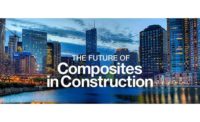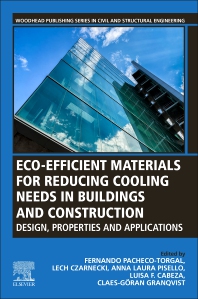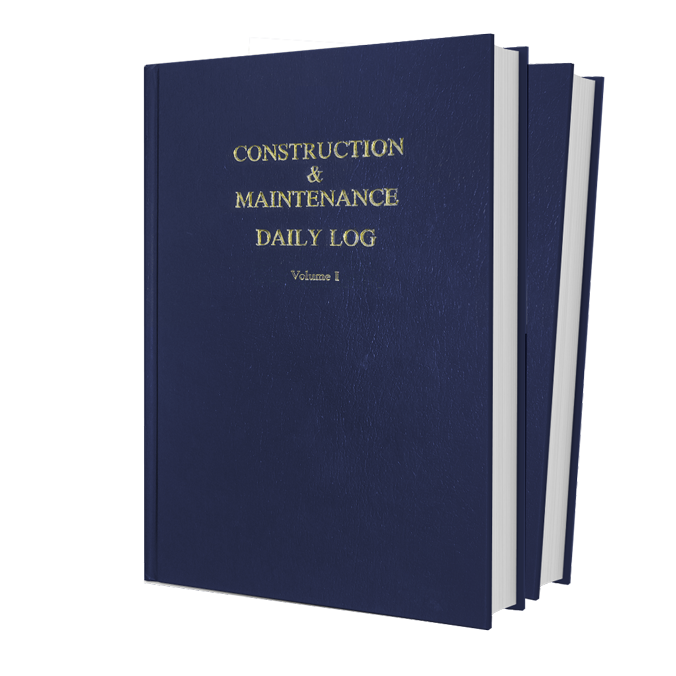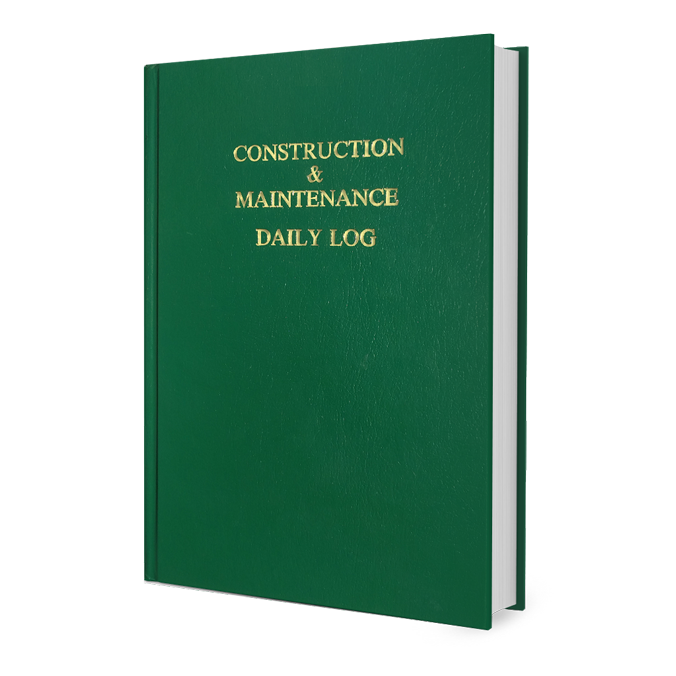New Book on the Use of Composites in Construction

 JEC Group is launching the first ever book on the growing use of composites in architecture: “The Future of Building: The Growing Use of Composites in Construction and Architecture”. Its 194 pages of information and 80 concrete examples demonstrate the advantages of composites: lightweight, durable, resistant to corrosion, inexpensive to maintain, flexible design etc.
JEC Group is launching the first ever book on the growing use of composites in architecture: “The Future of Building: The Growing Use of Composites in Construction and Architecture”. Its 194 pages of information and 80 concrete examples demonstrate the advantages of composites: lightweight, durable, resistant to corrosion, inexpensive to maintain, flexible design etc.
“Composites are playing an increasingly bigger role in construction! Between 2016 and 2021, we are expecting a sharp growth in the market and a 5 to 6 percent annual increase in the use of composites in this sector,” explained Ms. Frédérique MUTEL, JEC Group President & CEO. “This new book supports JEC Group’s strategy towards end users. Composite materials offer tremendous advantages for architects and designers and, for the first time, they are the subject of a book that demonstrates the performance of composites in the construction and furniture industries,” said Ms. Anne-Carole BARBARIN, Development Director at JEC Group.
MATERIALS OF THE FUTURE: GREATER ENERGY EFFICIENCY
Composites comply with standards required in the construction industry and, on top of their durability, offer the possibility of integrating certain functions and provide greater energy efficiency. “It is predicted that in 2050, 66 percent of the world’s population will live in urban areas. It is vital that we find construction materials that enable us to construct durable buildings that meet environmental standards and that provide affordable urban housing. Composites are one possibility!” Frédérique MUTEL said.
A COMPOSITE BUILDING BY ARCHITECTS DAVID KAROTKIN & MICHAEL V. HENDERSON:
THE INSTITUTE OF SPORT IN AUSTRALIA
One building that demonstrates the benefits of composites for the construction industry and that is presented in the book is the Institute of Sport. The complex design of the building’s façade was inspired by the body of an athlete. It was made possible thanks to the properties of fibreglass reinforced with polyester resin.
Australian architects David Karotkin and Michael V. Henderson were able to offset material costs with the savings composites provide as a result of their lightweight properties, off-site manufacture, ease of installation and low ongoing maintenance. The façade was completed in 12 weeks, from creating the unique MDF mould and 7.5-metre-high composite panels to being fully installed.
The 192-page book is available at www.jeccomposites.com.
Looking for a reprint of this article?
From high-res PDFs to custom plaques, order your copy today!




.jpg?height=200&t=1724703569&width=200)


